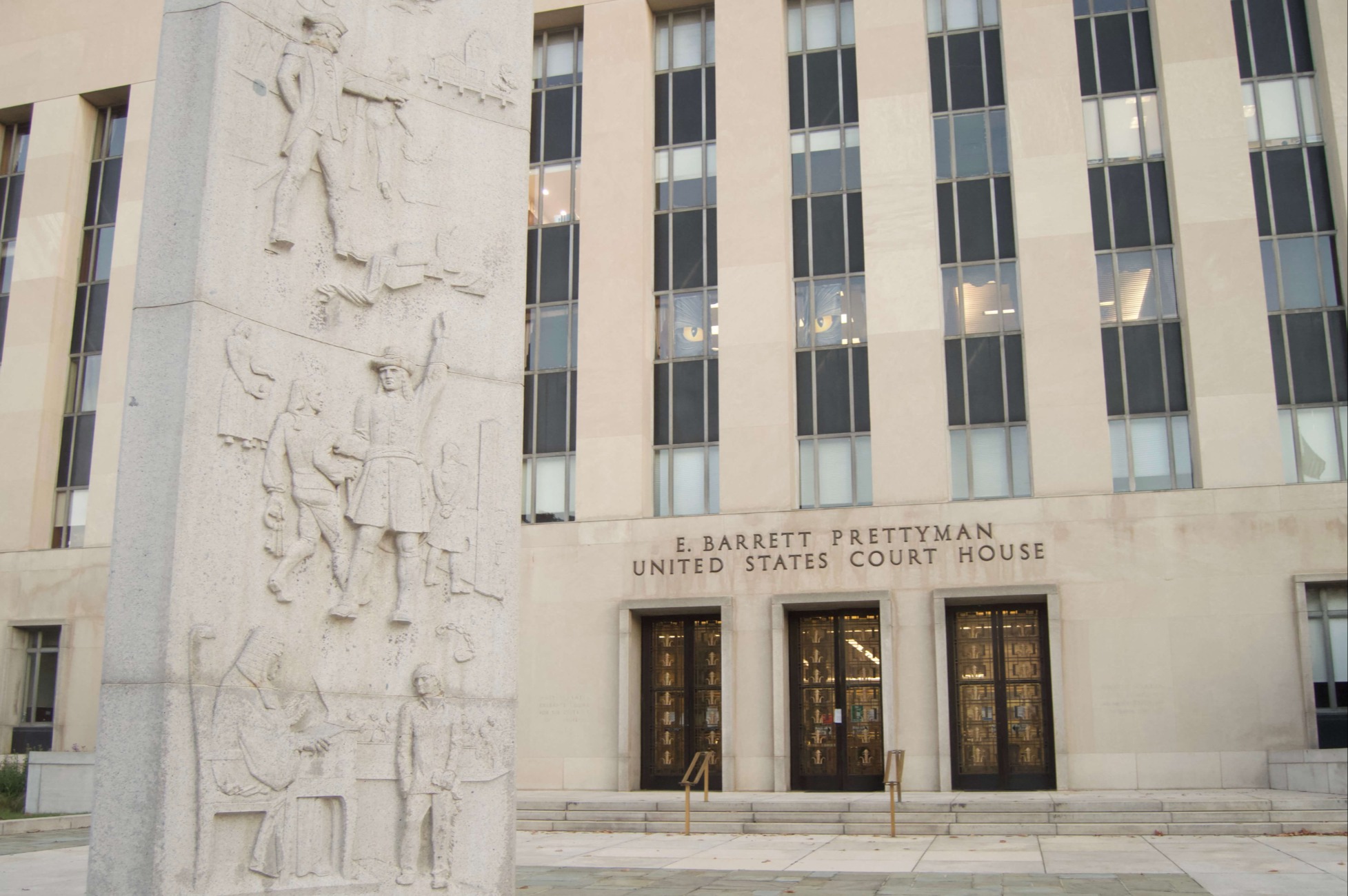Carpenter v. United States and the Law of the Chancellor’s Foot
Oliver Wendell Holmes once said that “The prophecies of what the courts will do in fact, and nothing more pretentious, are what I mean by the law.”
Published by The Lawfare Institute
in Cooperation With

Oliver Wendell Holmes once said that “The prophecies of what the courts will do in fact, and nothing more pretentious, are what I mean by the law.”
By that standard, I respectfully submit that the Supreme Court’s decision in Carpenter v. United States is not law. Anyone who says they can read the majority opinion and predict with any degree of confidence how the Court will deal with any number of future technologies—be they biometrics, facial recognition, DNA or real-time cell-site location information (CSLI)—is, frankly, just making it up.
Rather, Carpenter is the second in a series of decisions penned by Chief Justice John Roberts (the first being Riley v. California) that, with all due respect to the chief, amount to little more than the law of the Chancellor’s Foot—that is, the law that depends exclusively on the predilections and tendencies of the decision-maker. As John Selden put it in the 17th Century, “Tis all one as if they should make the standard for the measure we call a foot, a Chancellor's foot; what an uncertain measure would this be? One Chancellor has a long foot, another a short foot, a third an indifferent foot: 'tis the same thing in a Chancellor's conscience.”
This is not to say that Chief Justice Roberts’s ultimate decision in Carpenter is wrong. Far from it. I wrote at some length about one possible ground the Supreme Court could have used to reach that decision. But as my colleagues David Kris and Orin Kerr point out, the opinion leaves open many questions. Normally that isn’t a bad thing—we want the Court to move slowly in writing rules about new technology. In this case, however, the court’s decision is so incoherent in its rationale that the indeterminacy is affirmatively detrimental to the law and to American policy.
At the outset, the court goes out of its way to note that CSLI is a “new phenomenon” of a “qualitatively different category” that is both “novel” and “unique.” It is a product of “seismic shifts in digital technology” that have occurred throughout “the digital age,” in which phones are “almost a feature of human anatomy.”
The court then goes even further, making clear that it is ruling on only a single particular case and not any other:
Our decision today is a narrow one. We do not express a view on matters not before us: real-time CSLI or “tower dumps” (a download of information on all the devices that connected to a particular cell site during a particular interval). We do not disturb the application of Smith and Miller or call into question conventional surveillance techniques and tools, such as security cameras. Nor do we address other business records that might incidentally reveal location information. Further, our opinion does not consider other collection techniques involving foreign affairs or national security.
This is nonsense. The Court just spent 17 pages advancing any number of reasons why CSLI collection might be problematic. At various times it leans into, and then away from, thoughts about: the volume of data being collected; the frequency of collection; the length of time of the collection; the sensitive nature of the data being collected; the precision of the new collection mechanism; the fiction that we really “consent” when we participate in the digital economy; and the lack of a practical opportunity to place limits on further use when we share data with a third party. Each of these theories is a plausible explanation of some aspect of Fourth Amendment doctrine. Each requires reworking current doctrine to a greater or lesser degree. And if any single one of them were identified as the rationale for the decision, we could use that as a basis for predicting the results of the next case. But which is the one that applies here? Because the chief justice doesn’t tell us, we don’t know.
All we are left to conclude is that the CSLI practice somehow leaves the Supreme Court feeling uncomfortable that the balance has tipped too far toward law enforcement. This is, as Orin Kerr has called it, a desire to rebalance the equilibrium between the state and the citizen. Just so, but for all the guidance it gives us, we can have no confidence whatsoever in predicting where that equilibrium will be struck when the next case comes along.
What will the court say now if it revisits the legality of collecting DNA from arrestees? How will it deal with a real-time CSLI request? Does the use of a Stingray now require a warrant? Are the answers to these questions different if they arise in the context of a national security case instead of a criminal matter? I have an instinct about how these ought to come out now—but the Court has expressly told us not to bank on its analysis for future guidance.
That’s not law. That’s John Roberts’s foot.





